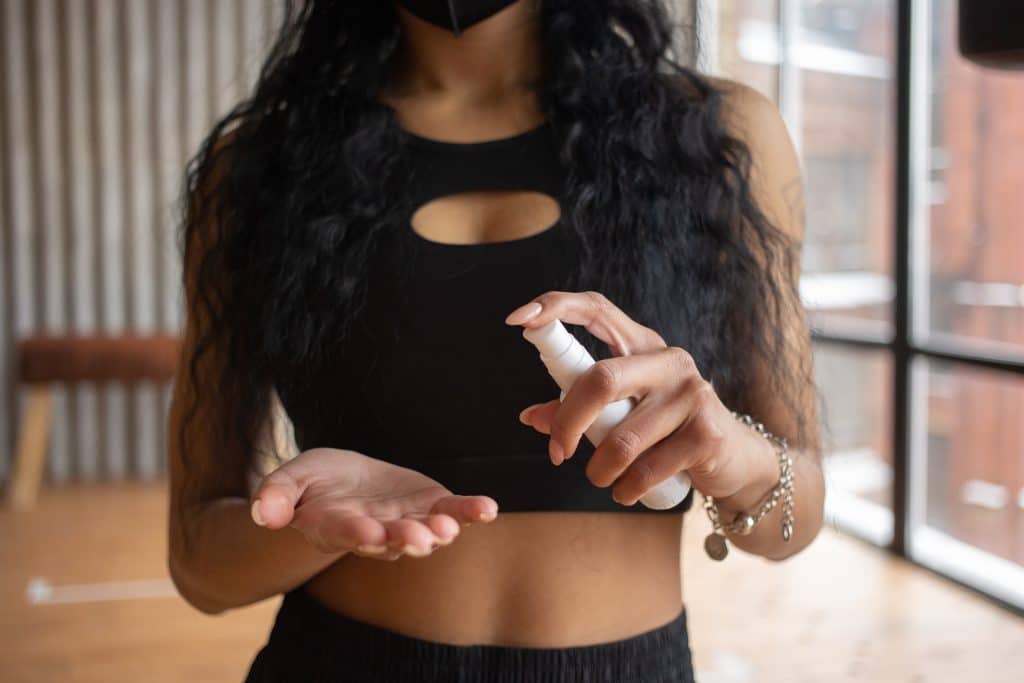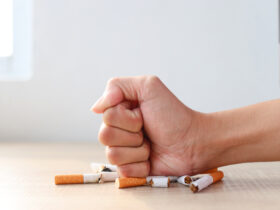Coronavirus has given us a new way of looking at how we clean things. A quick wipe is no longer good enough to ensure that your equipment is bacteria-free. In a classroom environment where 30 or so children are sharing devices between one another, it becomes particularly important that our teachers and teaching assistants learn how to detail clean. Detail cleaning has been used by hoteliers and restaurant owners for generations to maintain stringent hygiene measures within their establishments.
If detail cleaning is good enough for our food service industry, then it is good enough for the bulk headphones we use in the classroom. Here are our top tips to overcoming hygiene issues in bulk classroom headsets.
Tips For Better Hygiene of Classroom Headphones
Wondering how to keep your classroom headsets cleaner for longer? Here are the best tips to both keep your headsets clean and make them last a long time.
Tip 1: Choose Antibacterial
There are several diverse types of classroom headphone cleaner on the market. The cleaner you are looking for will be antibacterial in nature. Antibacterial wipes or sprays attack bacteria and organic matter and neutralizes any threat. Regardless of whether you choose to spray your headphones and wipe them with a soft cloth, or wipe your headphones with a disposable wipe, they should both be antibacterial.

Tip 2: Consistency Is Key
Clean your classroom headsets every single time students use them. Do not skip uses. This could make a good lesson on the responsibility that could accentuate learning within the classroom. Children who learn to take care of devices before passing them on to other students, are children who grew up to be politer, more thoughtful adults.
Teach consistency. You can even assign a student to making sure that all headsets are clean before they are stowed away in the end of the lesson.
Tip 3: Nooks and Crannies
Don’t forget to clean out the nooks and crannies in the headphones once in a while. Do this by applying rubbing alcohol to a cotton ball or Q-tip and rubbing it around the crevices of the headphones. Again, you could give this task to eager children to help them learn responsibility for their digital devices. It also helps teach them how to clean things properly to avoid cross contamination of the virus.
Tip 4: Silica Packs

You can use packs of silica or dried silica gel to keep your headphones dry when they are being stored. This will both dry them off from the cleaning between uses and stop moisture from damaging the electronics while they are in storage. Silica must be kept away from children. You must not eat it. If you are storing digital devices in humid climates, then silica packs will help to keep them moisture free.
Tip 5: Use the Correct Tool
If using classroom earbuds, then an earbud cleaning tool is essential. You shouldn’t share ear buds between students if it is possible.













Leave a Reply